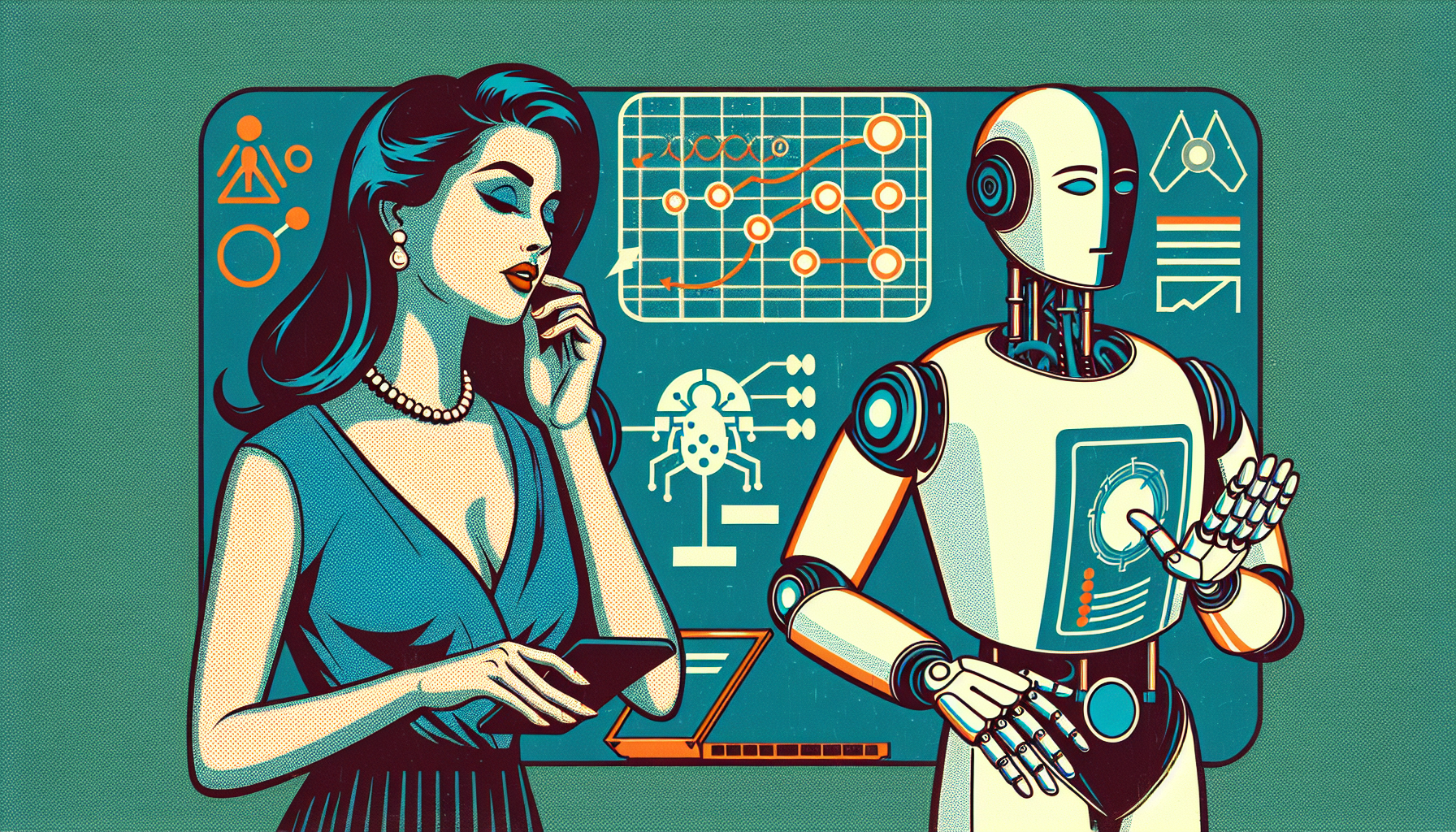In a remarkable leap forward for robotics and artificial intelligence, a new algorithm has emerged that promises to revolutionize the way robots and humans work together. This innovative development, known as the “robot planning tool,” is crafted to handle a critical aspect of shared environments: accounting for human carelessness.
### Why Robots Need to Adapt
Robots have traditionally been programmed to operate in predictable, controlled settings. Yet, the real world is anything but predictable. Human actions, especially when careless or unforeseen, create challenges for robotic systems. Picture a busy factory floor or a bustling healthcare facility—humans might inadvertently block a robot’s path or ignore safety guidelines, risking mishaps and inefficiencies.
### The Ingenuity Behind the Algorithm
This groundbreaking algorithm brings a deeper understanding of human behavior into the robot’s decision-making process. Here’s how it works:
– **Predictive Modeling**: Through cutting-edge predictive models, the algorithm forecasts potential human actions, even those that seem careless or random. This foresight allows the robot to adjust proactively, avoiding collisions and ensuring safety.
– **Real-Time Adaptation**: Designed to operate in real-time, the system continuously monitors the immediate environment and human actions. This agility enables robots to swiftly respond to evolving situations.
– **Risk Assessment**: A robust component of the algorithm assesses the likelihood of human error, allowing the robot to modify its behavior to minimize accident risks and enhance safety.
– **Efficiency Optimization**: By predicting and adapting to human movements, the algorithm enhances the efficiency of robotic tasks, avoiding unnecessary delays and disruptions due to human error.
### Transforming Human-Robot Interaction
The implications of this algorithm are vast, affecting various domains where humans and robots interact:
– **Manufacturing**: On the manufacturing floor, this tool could notably decrease accident risks and boost production efficiency. Robots become more adept at maneuvering in dynamic spaces shared with humans.
– **Healthcare**: In medical settings, the algorithm promises heightened patient safety by equipping robots, such as surgical or caregiving assistants, with a refined awareness of human movement.
– **Service Industries**: In areas like logistics or retail, the tool can improve robotic assistant performance, leading to enhanced service and reduced risks.
### Looking to the Future
The introduction of this robot planning tool represents a profound step towards seamless human-robot collaboration in shared workspaces. Future developments may focus on refining the algorithm to manage even more complex scenarios, incorporating additional sensors and data sources to boost its predictive power.
In conclusion, the new robot planning tool, designed to factor in human carelessness, signifies a monumental advancement in the safety, efficiency, and efficacy of human-robot collaboration. As robotics continue to become integral to numerous industries, innovations like this will be essential for ensuring smooth and secure partnerships between humans and machines.

Leave a Reply